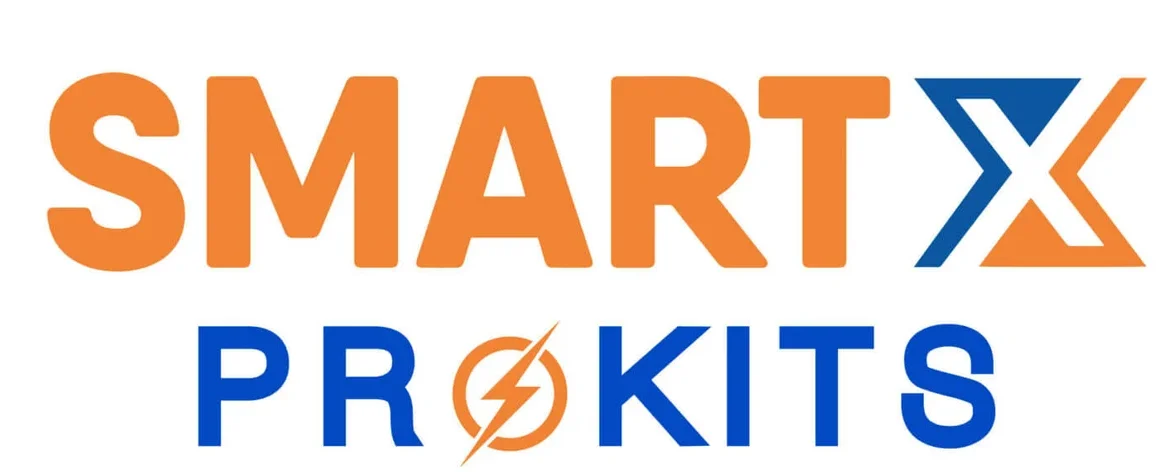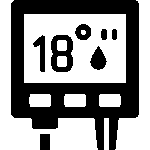Low Voltage Sensor Power Supply Design for Electronics Enthusiasts

When working with sensors in electronics projects, one common challenge is supplying them with the right voltage. Many sensors require low voltage for safe and efficient operation, but getting the correct power supply can be tricky, especially if you’re just starting out. If the voltage is too high or too low, your sensor might not function properly, or worse, could get damaged.
Simple Fix for Voltage Issues :
To fix voltage problems, you can use a voltage regulator—a component that adjusts the power supply to the required level for your sensor. Think of it as a power “gatekeeper,” ensuring your sensor gets just the right amount of power. For example, if you need 5V for a sensor but have a 12V power source, a voltage regulator will step down the 12V to 5V.
Example:
Imagine you’re building a weather station with a temperature sensor that runs on 5V, but you have a 12V battery. If you connect the sensor directly to the battery, it could burn out. The solution? Use a DC-DC buck converter to step down the 12V to 5V, protecting your sensor.
Sample Calculation:
Voltage Drop
If you’re using a DC-DC converter with an efficiency of 85%, the power needed for your 5V sensor might be calculated like this:
- Sensor Power Requirement: 5V * 100mA = 0.5W
- Power Input: 0.5W / 85% = 0.588W (approx.)
This helps ensure you’re selecting the right converter for your project.
Shop Now for Quality, Made in India Components!
To make your low voltage projects even easier, check out Made in India components like voltage regulators and DC-DC converters at SmartXProKits. Find your perfect part here:https://smartxprokits.in
Support innovation and the Make in India movement—Shop Now at SmartXProKits and help build India’s future in electronics!




















